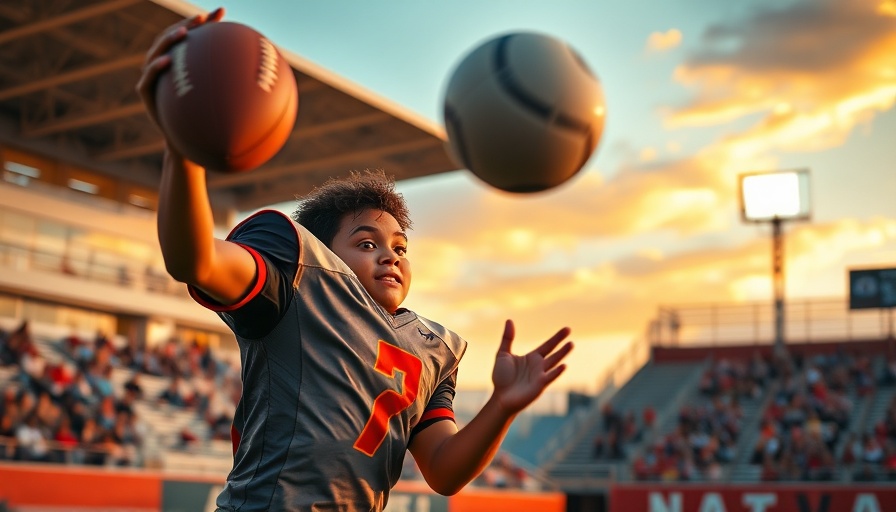
Understanding the Risks: Common Fall Sports Injuries
As the seasons shift, various sports become popular, creating exciting opportunities for athletes. However, this excitement often comes with a notable increase in injuries, particularly during the fall. Football, basketball, and cross-country running are a few of the sports that frequently result in injuries. Among the most common are knee injuries, ankle sprains, and torn ligaments like the ACL (Anterior Cruciate Ligament). Understanding these risks is the first step towards prevention, and athletes, coaches, and parents should be aware of the implications of repeated injuries on an athlete’s performance and overall health.
Building a Solid Foundation: The Role of Physical Therapy
A proactive approach to injury prevention emphasizes the importance of physical therapy. Regular sessions can equip athletes with the knowledge and techniques to strengthen critical muscle groups and improve biomechanics. For instance, ACL injuries are often associated with weak hamstrings and poor core strength. Physical therapy not only helps in recovery but also focuses on tailored strength and conditioning programs that are essential for reducing the incidence of injuries.
Essential Prevention Strategies: Training and Rehabilitation Techniques
Incorporating a balanced routine of stretching and strengthening exercises is paramount. Dynamic stretching allows young athletes to improve flexibility, fostering better muscle coordination and performance on the field or court. Core stability exercises enhance endurance and help in maintaining correct body posture during sports activity, which can decrease the likelihood of injuries. Coaches and trainers should implement these strategies in training programs effectively.
Cultivating Awareness: Understanding Body Mechanics
Young athletes sometimes engage in competition without a complete understanding of their body mechanics. Engaging in sports with poor techniques can lead to acute injuries and chronic problems, making education critical. Athletes should be trained in proper mechanics, enabling them to develop safe practices that promote longevity in their athletic careers. A fundamental part of this education involves recognizing the signs of fatigue and using proper warm-up and cooldown techniques.
Incorporating Nutrition: Fueling the Body to Prevent Injuries
Adequate nutrition is another essential component of injury prevention. Athletes need to fuel their bodies with the right types of foods to enhance performance and recovery. A diet rich in lean proteins, whole grains, and abundant fruits and vegetables supports overall health and builds strength. Proper hydration also plays a vital role, as dehydration can lead to decreased performance and a higher risk of strains and sprains.
Potential Future Trends: Enhanced Technologies in Injury Prevention
Looking ahead, advancements in technology are promising new avenues for injury prevention. Wearable devices that track performance metrics and biomechanics can provide real-time feedback for athletes and coaches. By monitoring stress and movement patterns, these tools can identify potential risks before they result in injuries, allowing for preventative measures to be taken proactively.
Call to Action: Invest in Your Health!
If you or your young athlete is involved in fall sports, now is the time to prioritize injury prevention through education, physical therapy, and proper nutrition. Schedule a thorough evaluation with a Doctor of Physical Therapy to develop a personalized plan that will support a successful and injury-free sports season. Don’t let a preventable injury sideline your season!
 Add Row
Add Row  Add
Add 






Write A Comment